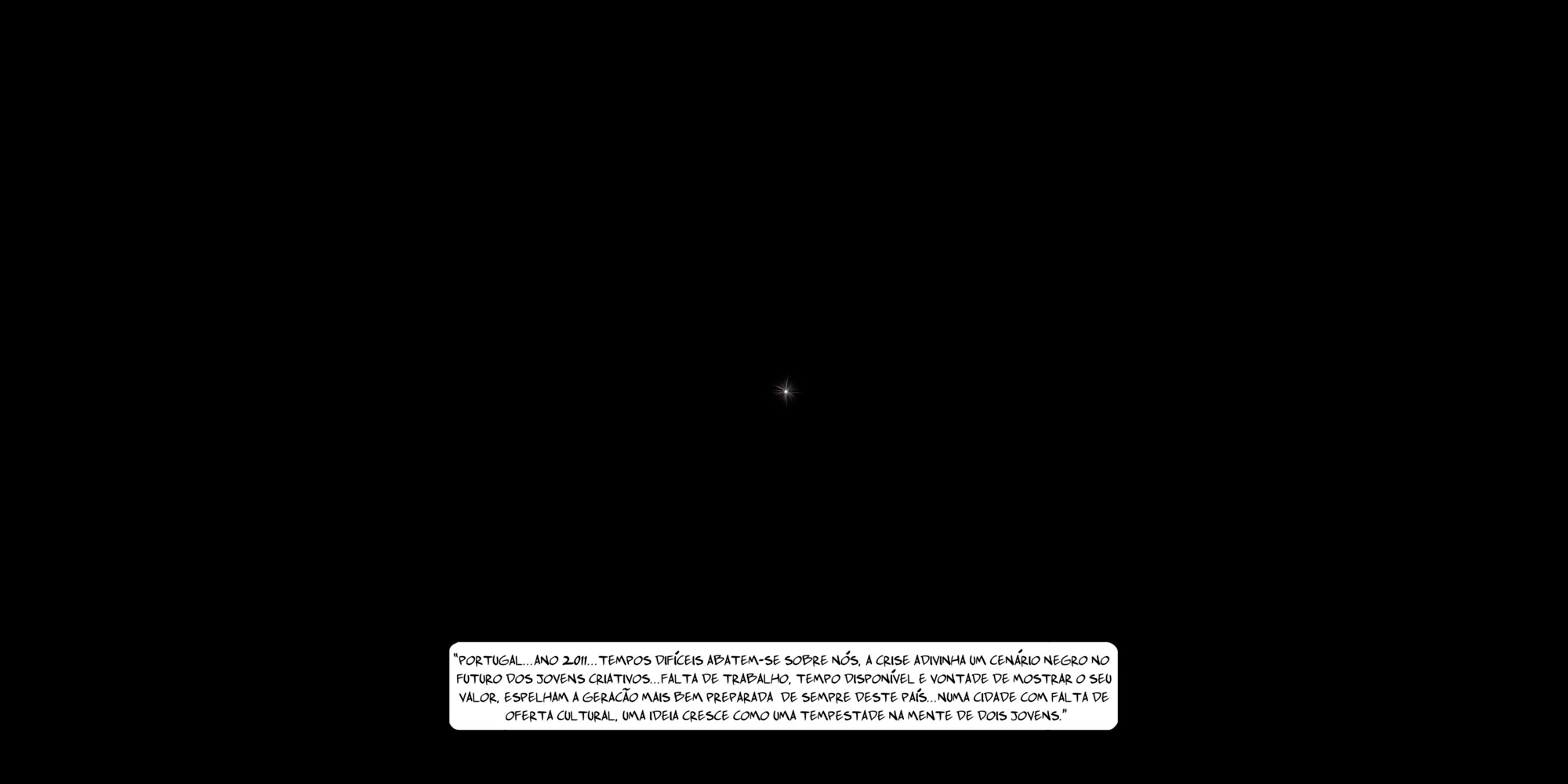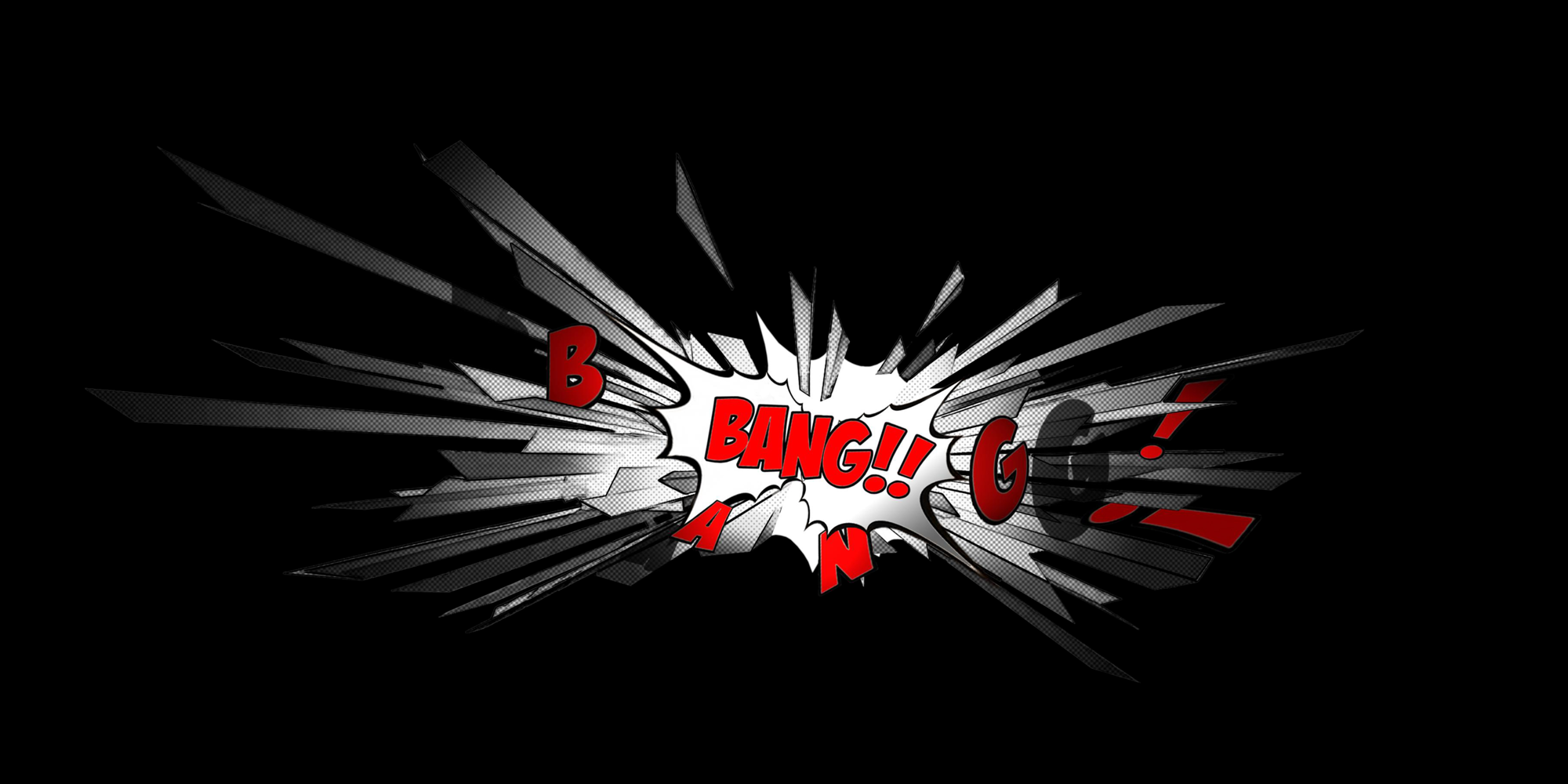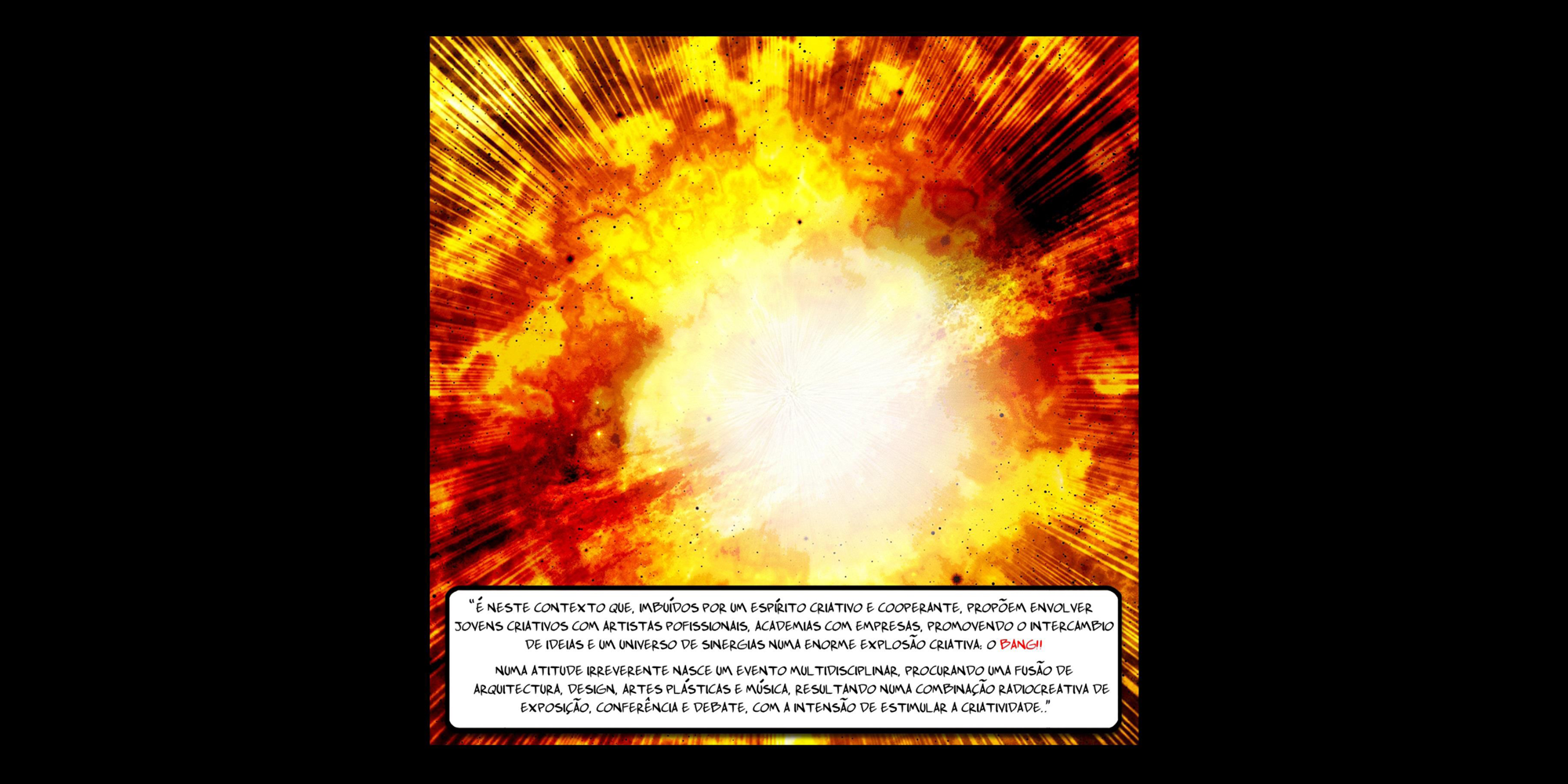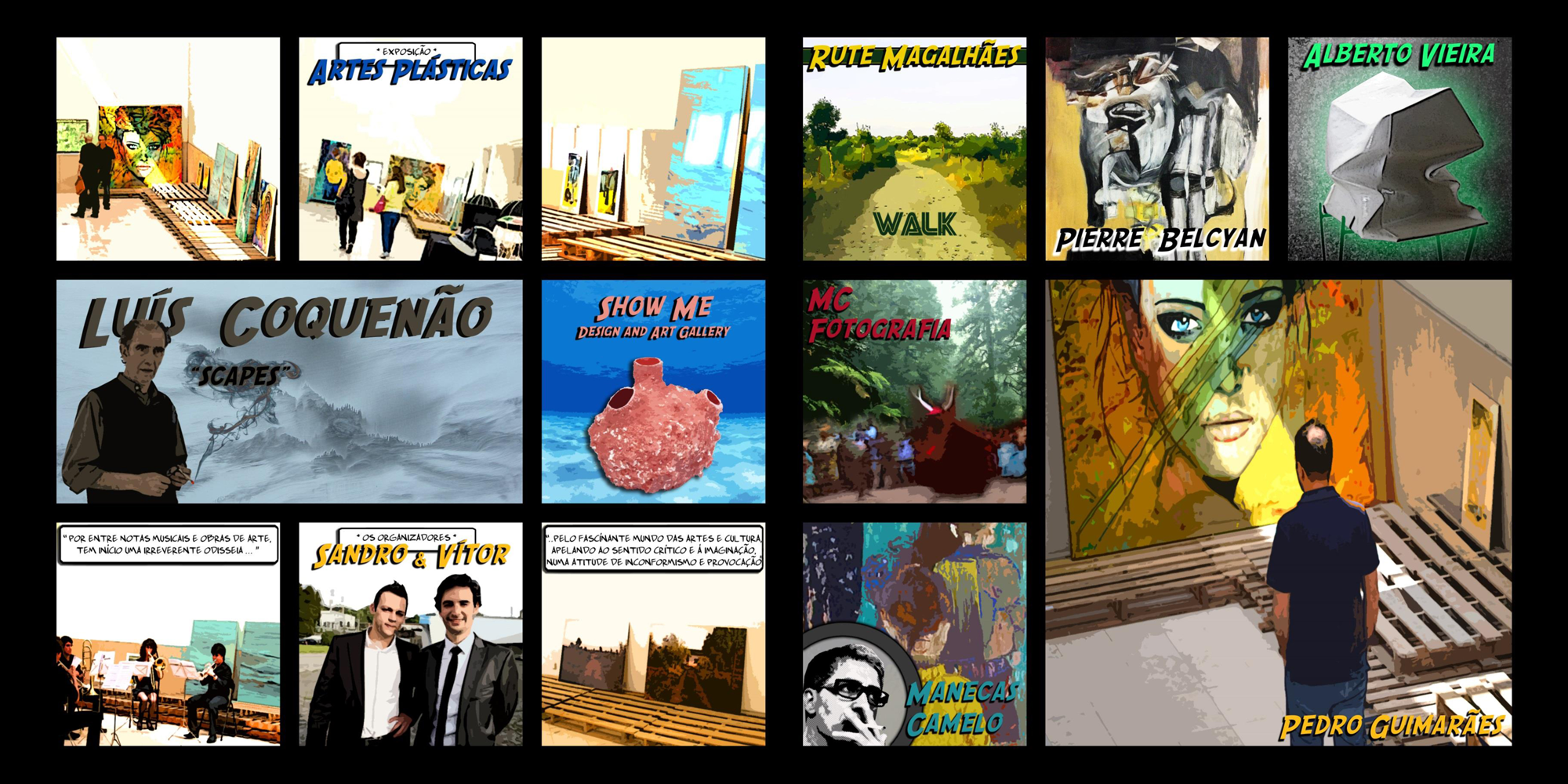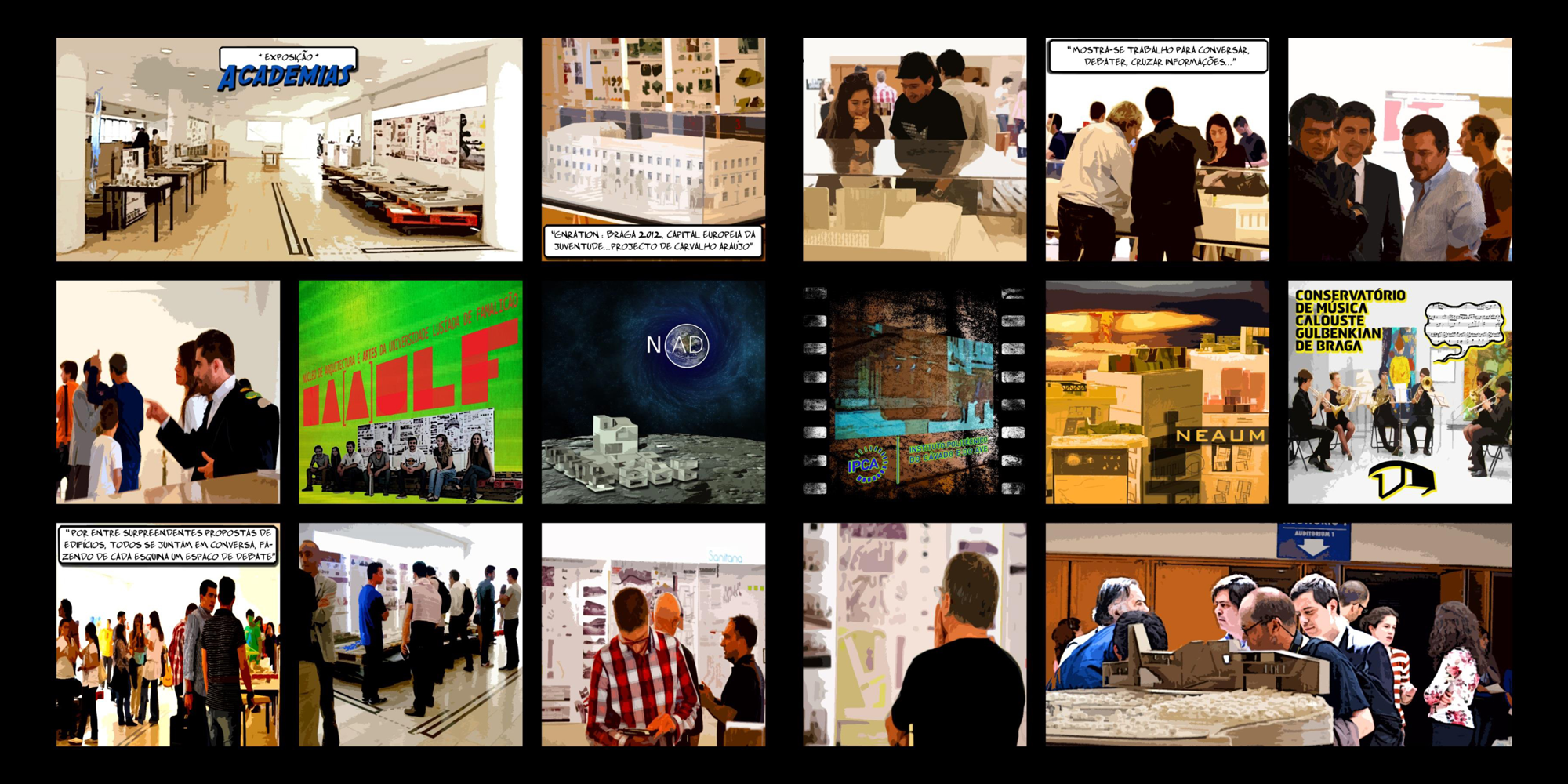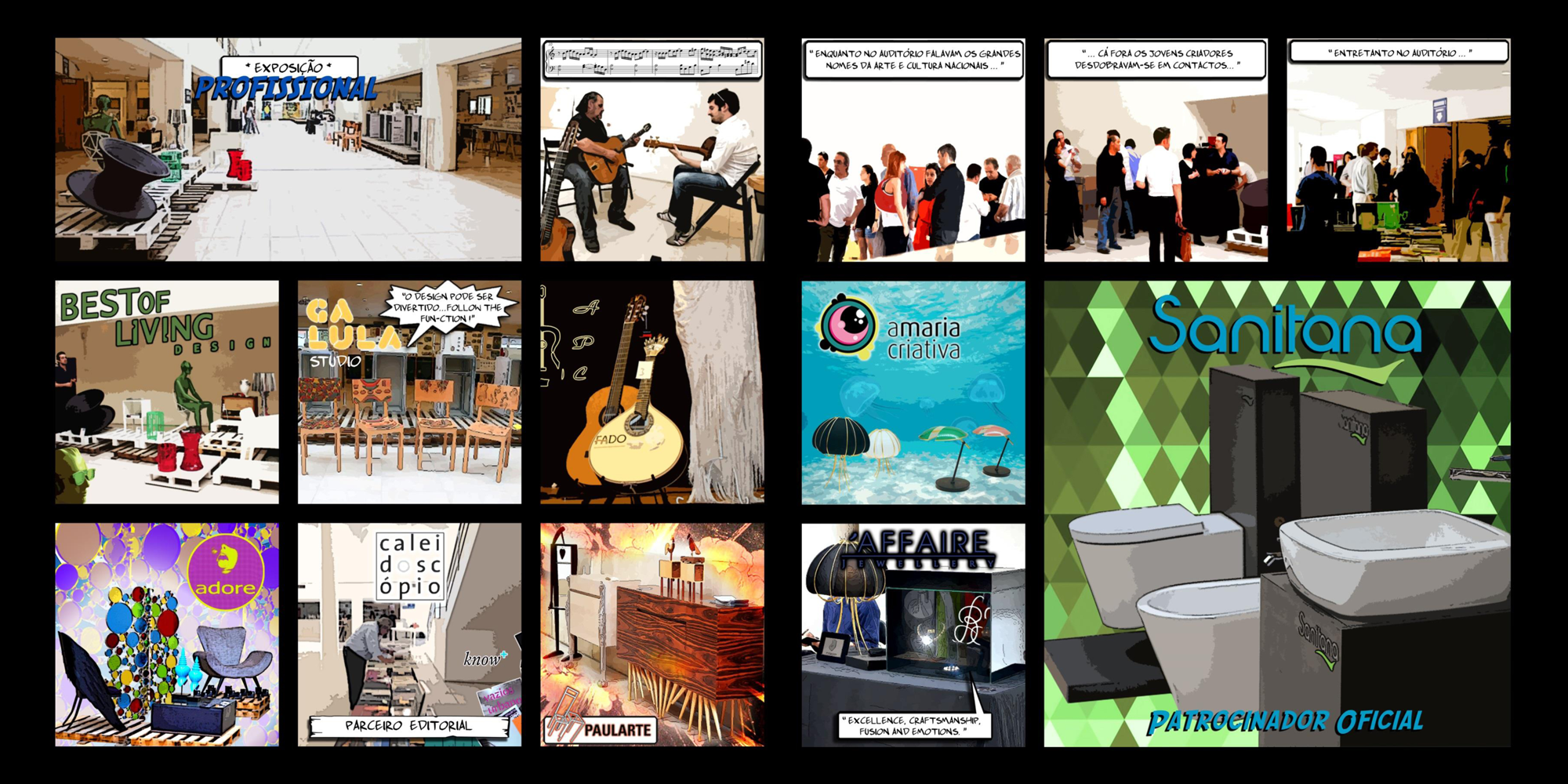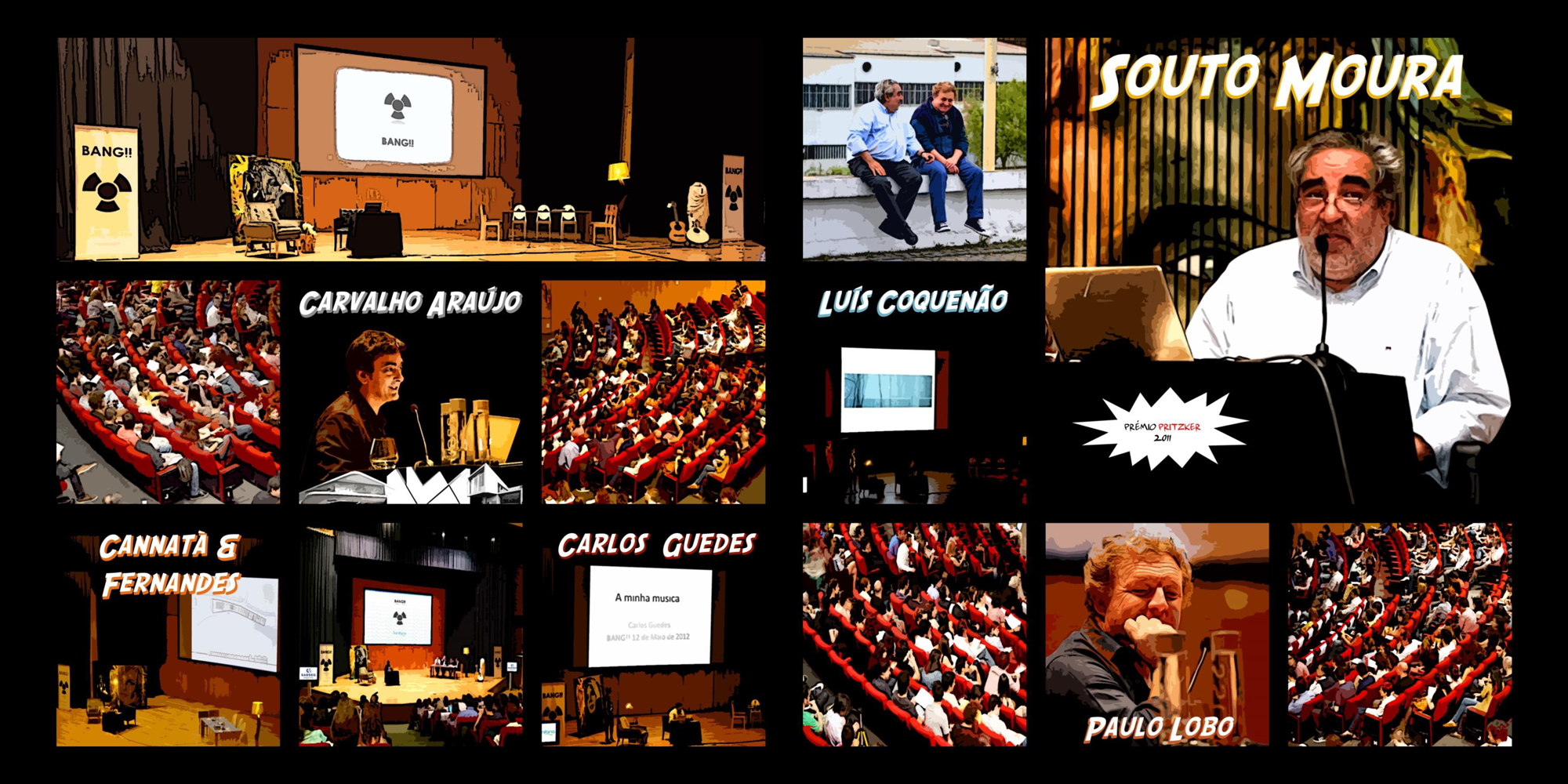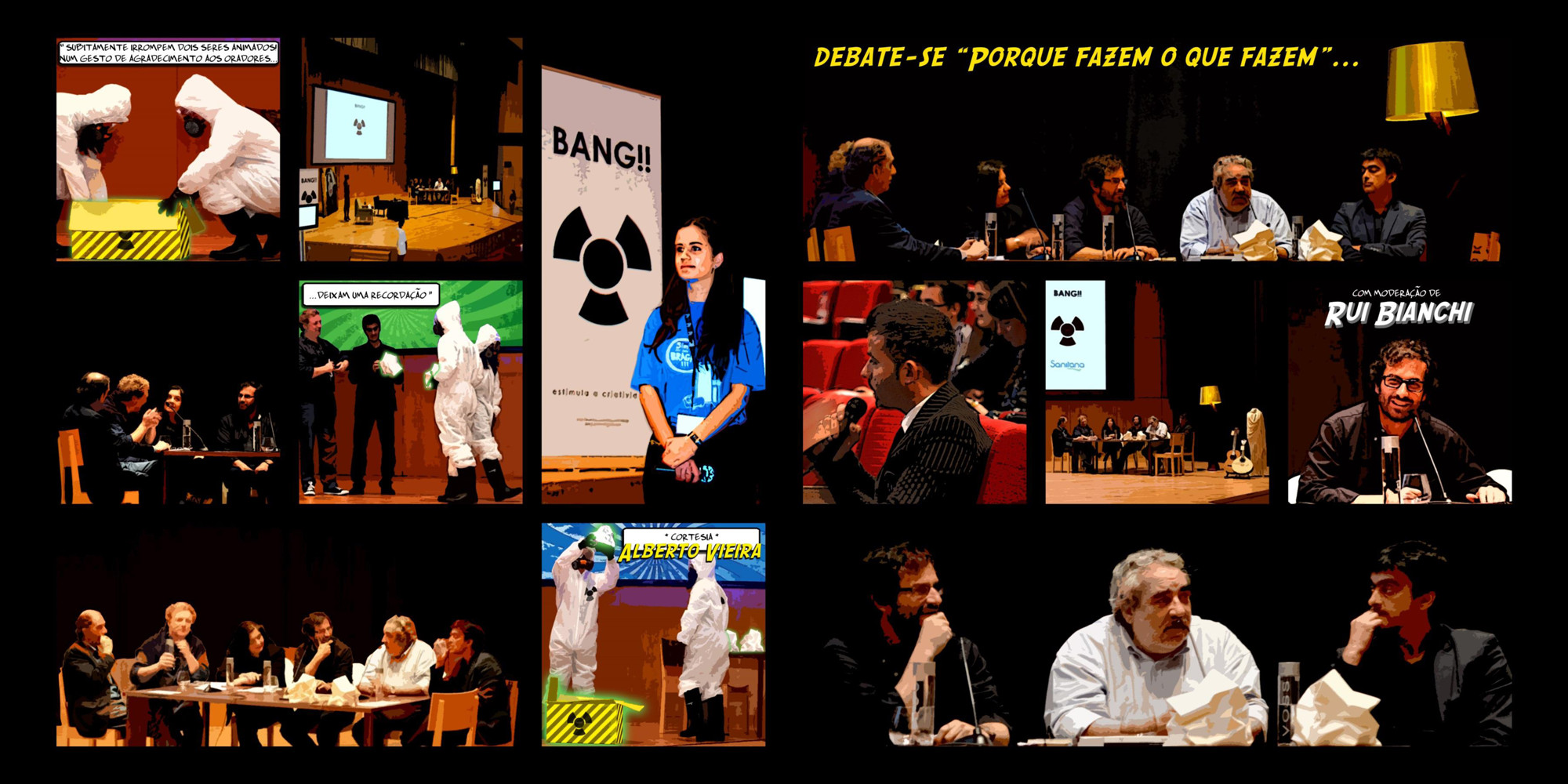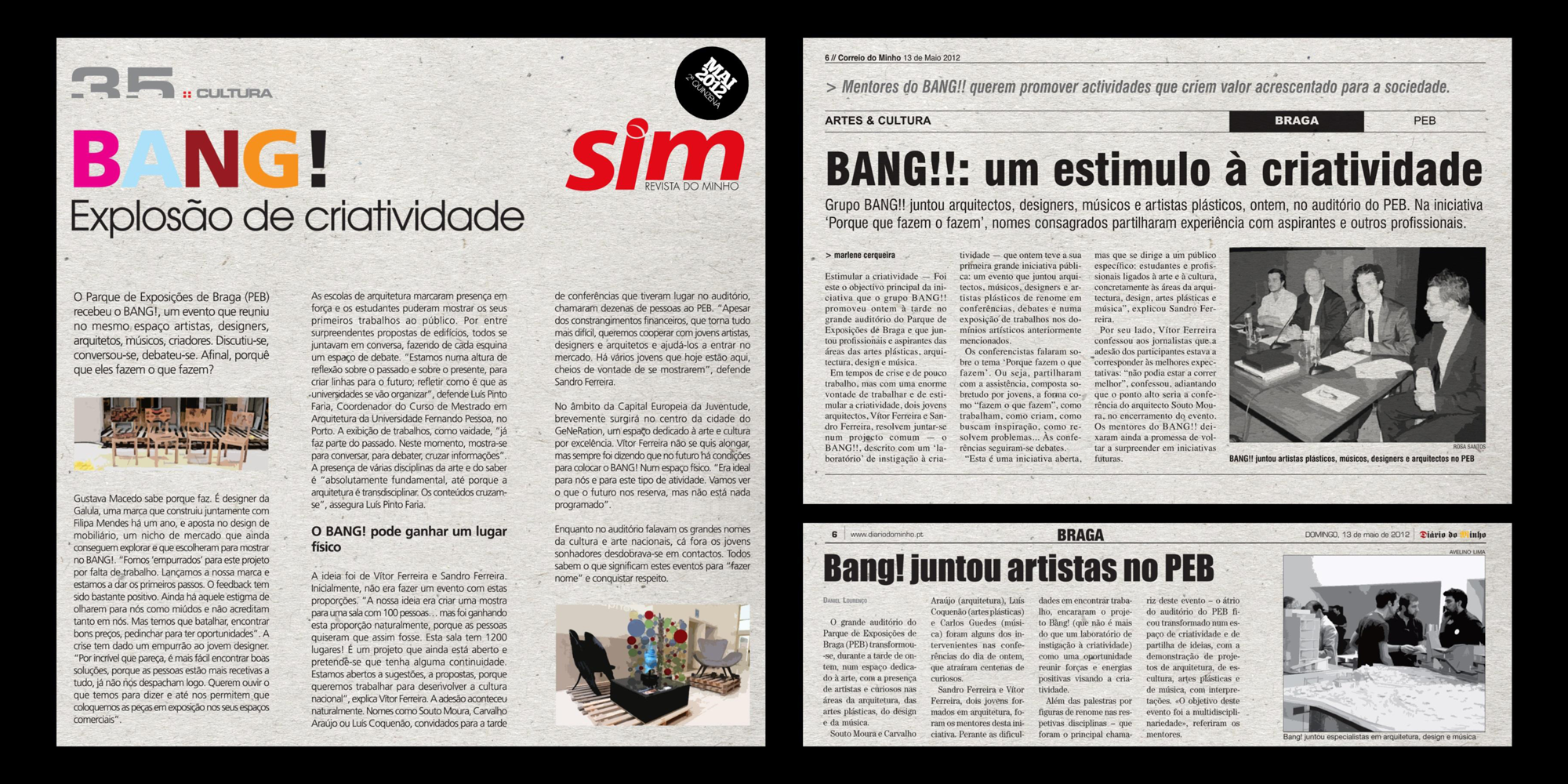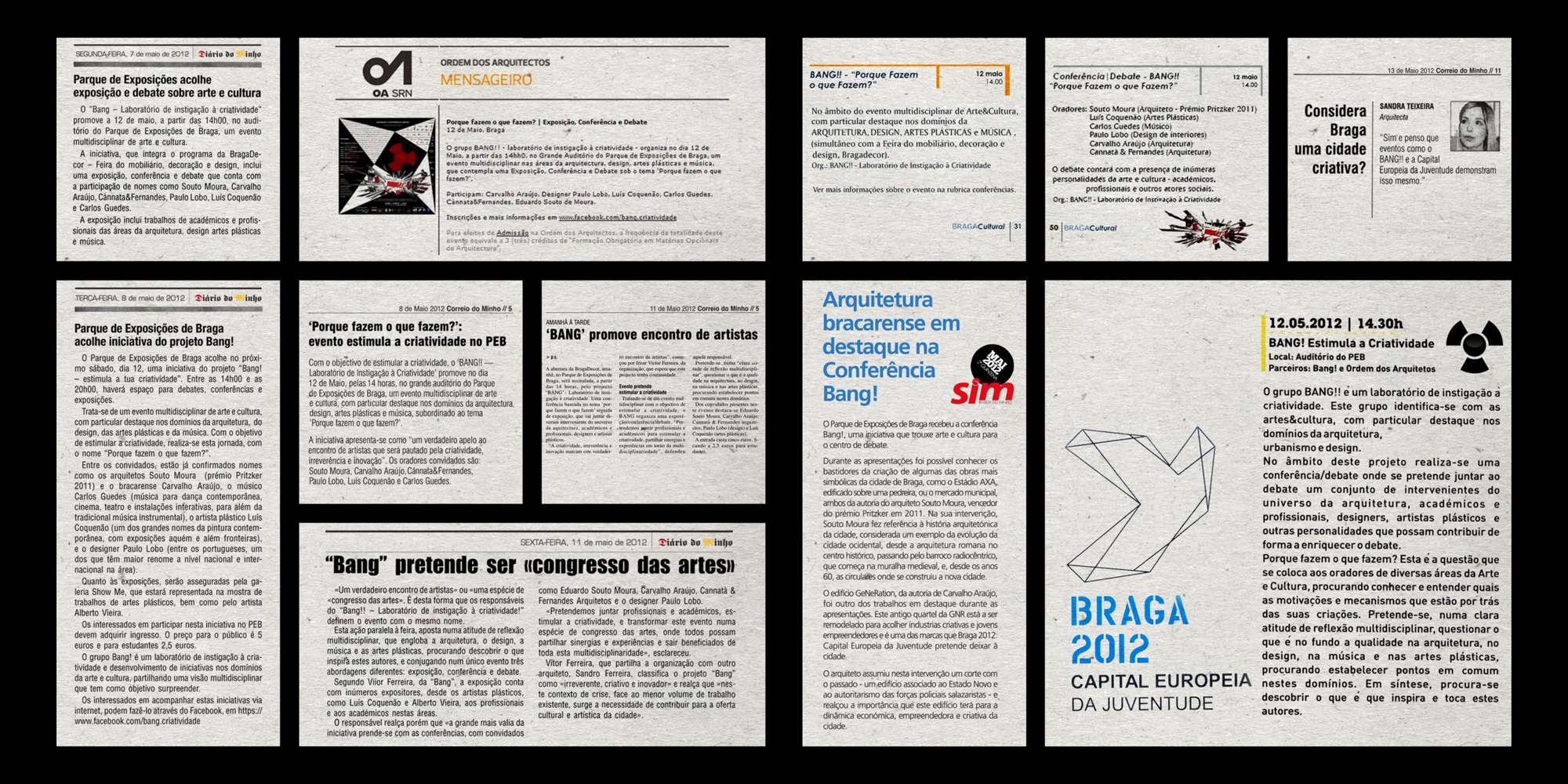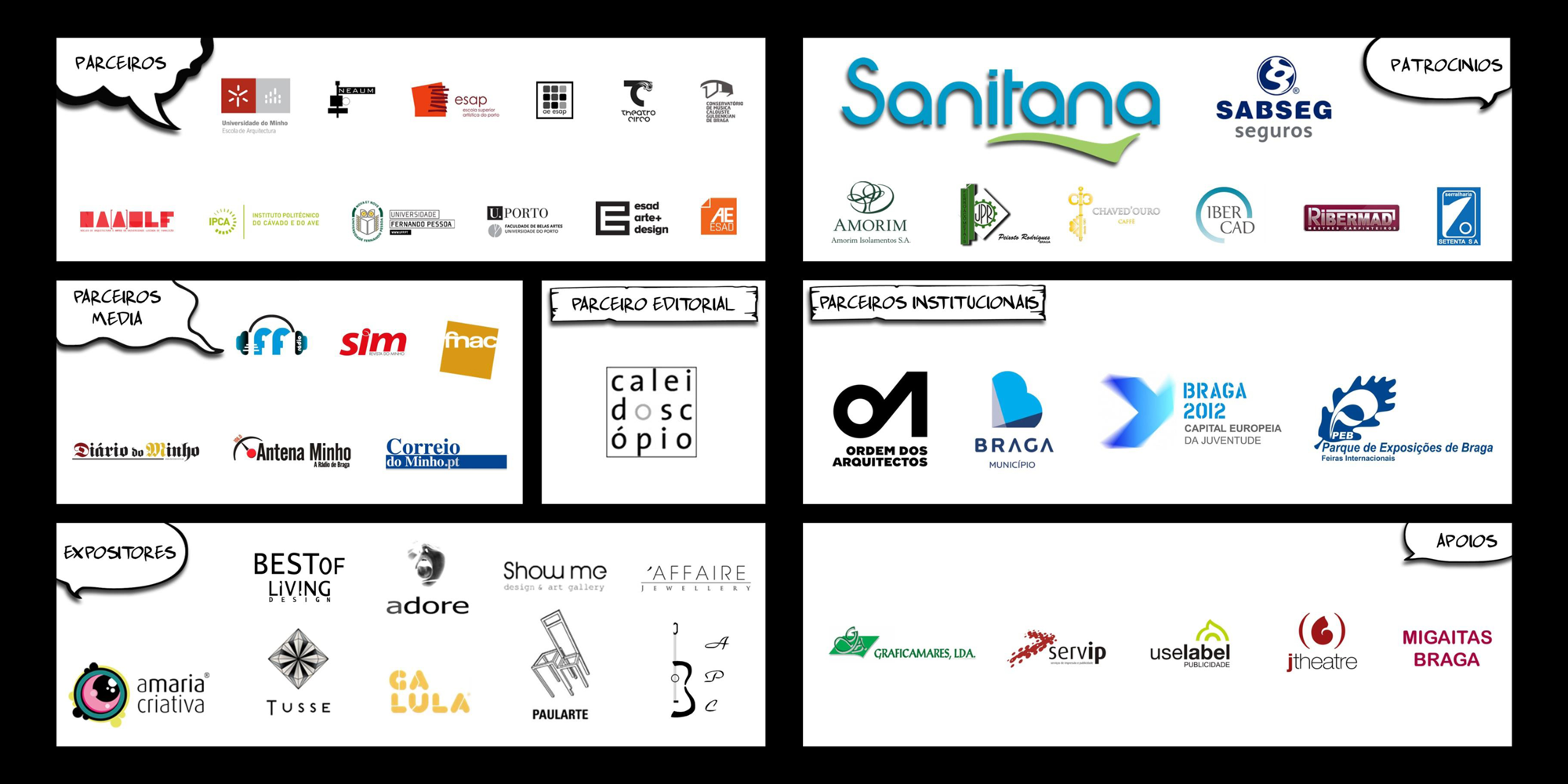Edition 2012
Home / Edition 2012
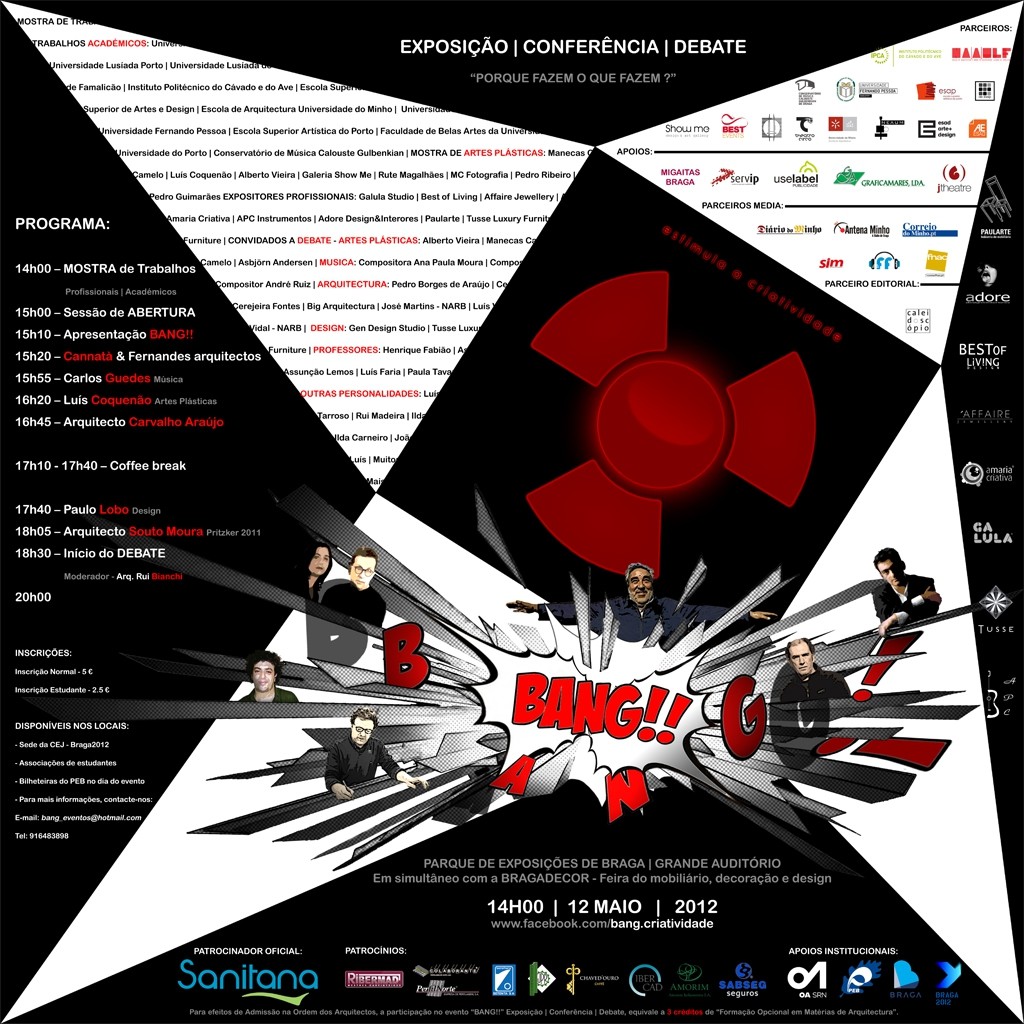
SPEAKERS
Paulo Lobo, born in Lamego, made Oporto his city. He is one of the Portuguese designers, with greater renowned national and international. Self-taught, establishes his office of interior design in 1985, and signs multiple spaces in several countrys, like Brazil, Poland, Italy, Germany, Spain and Switzerland. Through him, many of Oporto leisure facilities had good growth. Many extraordinary interiors of gastronomic spaces, like Buhle – acclaimed by Wallpapper magazine - Shis or Cafeina, received his signature.Many things inspires Paulo Lobo creations, music, fashion , crafts and handmade, but above all, the city. For him, the great sense of mission is the urge to renew, update, and know how to use handmade manpower and techniques, without neglecting the essence of the original soul of a space.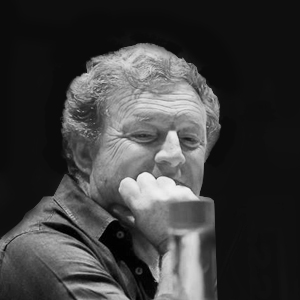
Paulo LoboDesign
Luís Coquenão is one of the leading painters from all the north of Portugal. Born in Lobito, Angola, in 1953. Luís Coquenão account in his resume, numerous participation in group exhibitions in Brazil, Germany, Portugal and Spain, receiving critical acclaim and the applause from private collectors, after solo exhibitions at ARCO (Spain ) and Brazil. The favorite themes of Luís Coquenão, have always been those who have a more universal appeal - time and space, mysticism and reality, creativity and freedom , truth and artifice – for being natural questions to the act of painting, as for being more appropriate to the characteristics image synthesis.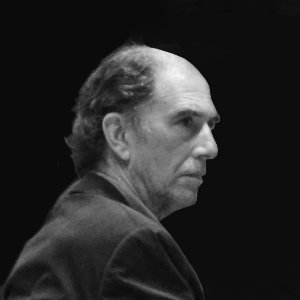
LUÍS COQUENÃOVisual Arts
Carlos Guedes has a multifaceted activity in composition and sound design, counting numerous commissioned projects for dance, theatrical performance, film and interactive installations besides conventional concert music. His creative work has been presented mostly in Europe and the United States in several shapes and forms.
Carlos Guedes got his doctorate in composition at NYU (New York University) in 2005 where he made research on interactive dance.
As a composer, has developed work in several areas, including music for dance, film and theater, as well as interactive multimedia installations.
.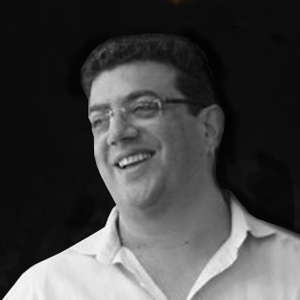
CARLOS GUEDESMusic
Souto de Moura is an architect fascinated by the beauty and authenticity of materials. His knowledge of construction and skill with materials are always visible in his buildings. His buildings weave together complex references to the characteristics of the region, landscape, site, and wider architectural history. Often simple geometries are underlined through interplay of solid and void or light and shadow.
His architecture it is not obvious, frivolous, or picturesque, it is imbued with intelligence and seriousness. His work requires an intense encounter not a quick glance. And like poetry, it is able to communicate emotionally to those who take the time to listen. For architecture that appears effortless, serene, and simple, and for the care and poetry that permeates each project, Eduardo Souta de Moura receives the 2011 Pritzker Architecture Prize.
EDUARDO SOUTO DE MOURAArchitect
Carvalho Araújo seeks in his projects, to achieve the limit of essencial, because the nudity, in the pure sense of the word, its where the truth seeking in architecture lies. Only do the essentials, solve problems in a simple and sober way. A design clean of make-up excesses, that thrives of problem solving. Maintains an active architecture, that concerns with the awakening of feelings, with what is apparently not obvious. The absence, as the silence, is one of the best forms of statement, provided that it imposes their respect and that has balance, is also key.
The analysis component is reflected in the approaches. The answers to the exercises do not stay in immediate solutions, not merely build containers to fulfill what was requested, intends above all, to question and anticipate scenarios from a strategic perspective.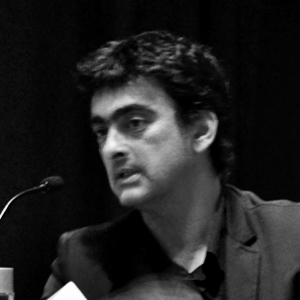
CARVALHO ARAÚJOArchitect
In the best tradition of the profession, their commitment has always been characterized by identifying the most appropriate strategies for the formulating proposals capable of transformations sensitive to the values of the place, history and local building tradition but at the same time suited to expressing contemporary values.
The works realised are representative of this approach to the project and bear witness to a great sensitivity in the assembly and interpretation of these elements that as always represented the basics of the practice of architecture.
Their experience, often executed in difficult and marginal places, represents above all a considerable example of how careful, continuous and strict commitment produces great, and to a certain extent, unexpected results.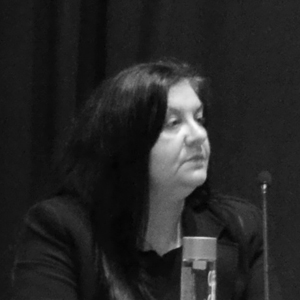
FÁTIMA FERNANDESArchitect

